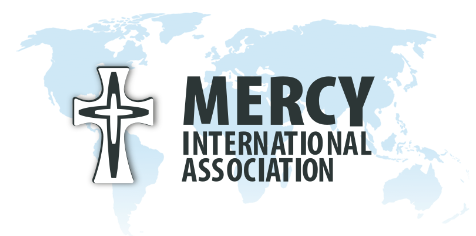Women and Access to Water
Introduction
Women and girl-children, particularly those living in developing countries, are often prevented from extracting themselves from poverty by means of education and gainful employment because of the lack of access to safe drinking water and sanitation.
We affirm and support the commitments of the Beijing Declaration and Platform for Action while bearing in mind that the objectives are not yet attained. We urge full government commitment to implementation to attain these goals:
- “Ensure the availability of universal access to safe drinking water and sanitation and put in place effective public distribution systems as soon as possible.” (Strategic Objective C.1, Women and Health (x)
- “Ensure that clean water is available a nd accessible to all by the year 2000 and that the environmental protection and conservation plans are designed and implemented to restore polluted water systems and rebuild damaged watersheds.”(Strategic Objective K.2, Actions to Be Taken (l)
- “Support development of women’s equal access to housing infrastructure, safe water and sustainable and affordable energy technologies, such as wind, solar, biomass and other renewable resources, through participatory needs assessments, energy planning and policy formation at the local and national levels.” (Strategic Objective K.2, Actions to Be Taken (k)
We recall the Millennium Development Goal (September, 2000) to halve the proportion of people unable to access affordable, safe drinking water by 2015.
Facts to Consider:
A large majority of the world’s one billion persons living in “unacceptable conditions” are women. Women and girl-children in developing countries are frequently marginalized due to cultural discrimination, poverty, lack of education, lack of proper nutrition and health and the remoteness of the areas in which they live. In most cultures women and girl-children are responsible for providing water for their “household.” Water is used in the home in a wide variety of time consuming tasks, including cooking, preserving food, bathing, child care, cleaning, maintenance of health and hygiene, food production, care of livestock. Due to their innate wisdom and drive to first take care of basic needs, women will not seek education and/or gainful employment if there is not access to sufficient safe water for their families.
Women conduct 80% of water-related work in the world. In many areas, they walk long distances (sometimes 4 to 5 hours daily), wait long hours at public taps, carry health-threatening, heavy, water pots, and often are subjected to dangers of physical and sexual violence while outside of their own neighborhood. Yet, these same women are excluded from water-related decision-making and from resource distribution.


)
)
)